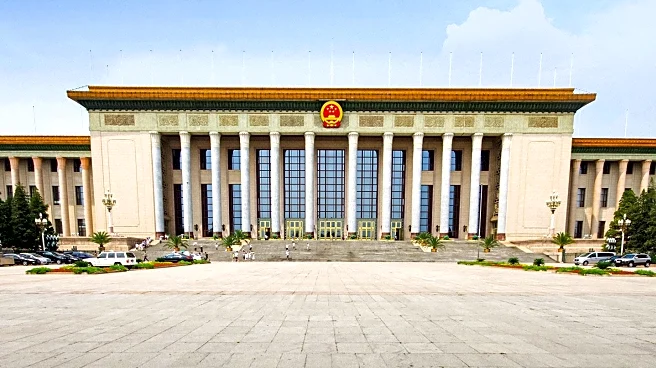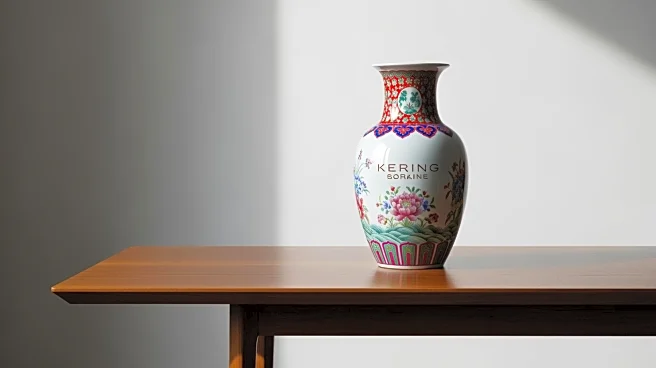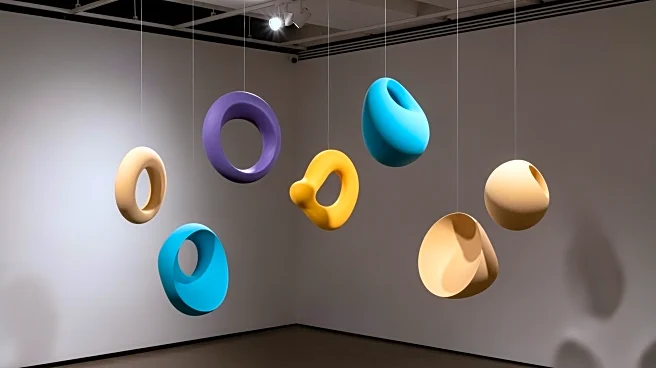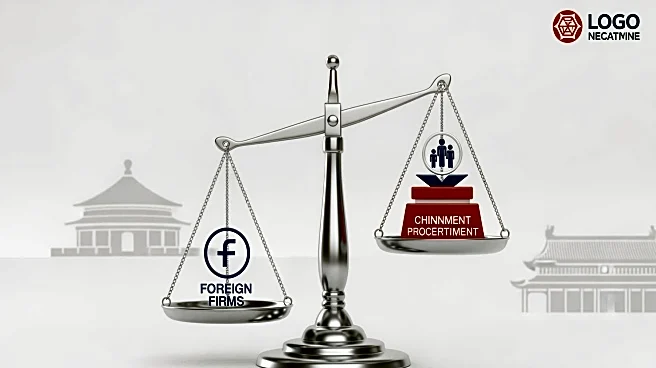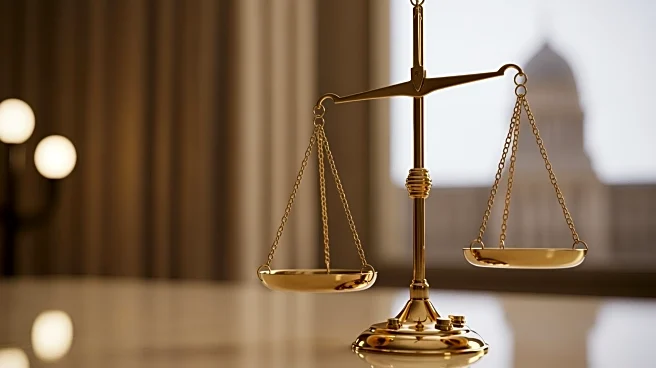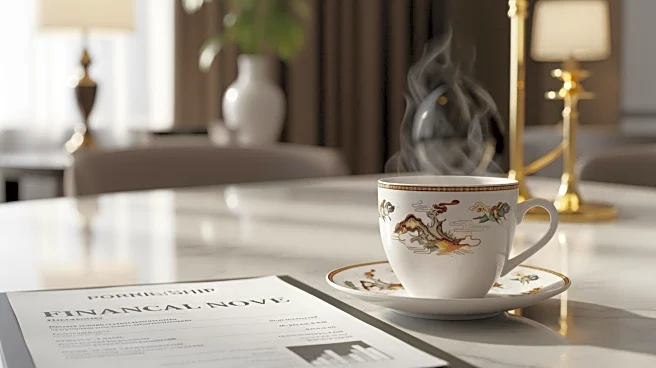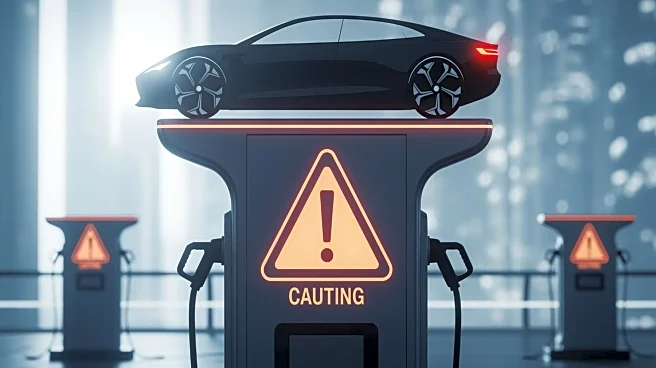What's Happening?
China's private museums are experiencing significant challenges as the country's economic growth slows and the effects of the COVID-19 pandemic linger. Many museums, which proliferated during a boom in the 2010s,
are now struggling to maintain operations. The Times Museum in Guangzhou, for example, has had to shut its exhibition space, while others like the OCAT in Shanghai have closed indefinitely. The economic downturn has led to a reduction in funding and visitor numbers, forcing some museums to scale back their operations or close entirely. The initial rapid expansion of private museums, often funded by property developers seeking tax breaks and increased traffic, has not been sustainable for many institutions.
Why It's Important?
The challenges faced by China's private museums highlight the broader economic issues affecting the country. As these cultural institutions struggle, there is a risk of losing important platforms for contemporary art and cultural exchange. The situation underscores the need for sustainable funding models and professional management within the museum sector. The decline of private museums could also impact the global art market, as China has been a significant player in recent years. Additionally, the difficulties faced by these museums may reflect broader economic trends that could have implications for other industries reliant on discretionary spending.
What's Next?
The future of China's private museums will likely depend on their ability to adapt to the current economic climate. This may involve developing new funding strategies, such as increased collaboration with government-backed institutions or exploring alternative revenue streams. The sector may also see a shift towards more focused and sustainable projects, as opposed to the rapid expansion seen in the past. Stakeholders, including museum founders and government officials, may need to engage in discussions about policy support and the role of private museums in China's cultural landscape.
Beyond the Headlines
The challenges faced by China's private museums also raise questions about the role of art and culture in society. As these institutions navigate financial difficulties, there may be a shift in how contemporary art is perceived and valued. The situation could lead to a reevaluation of the cultural priorities within China, potentially influencing the types of art and exhibitions that are supported in the future. Additionally, the struggles of private museums may prompt discussions about the balance between public and private funding in the arts.


